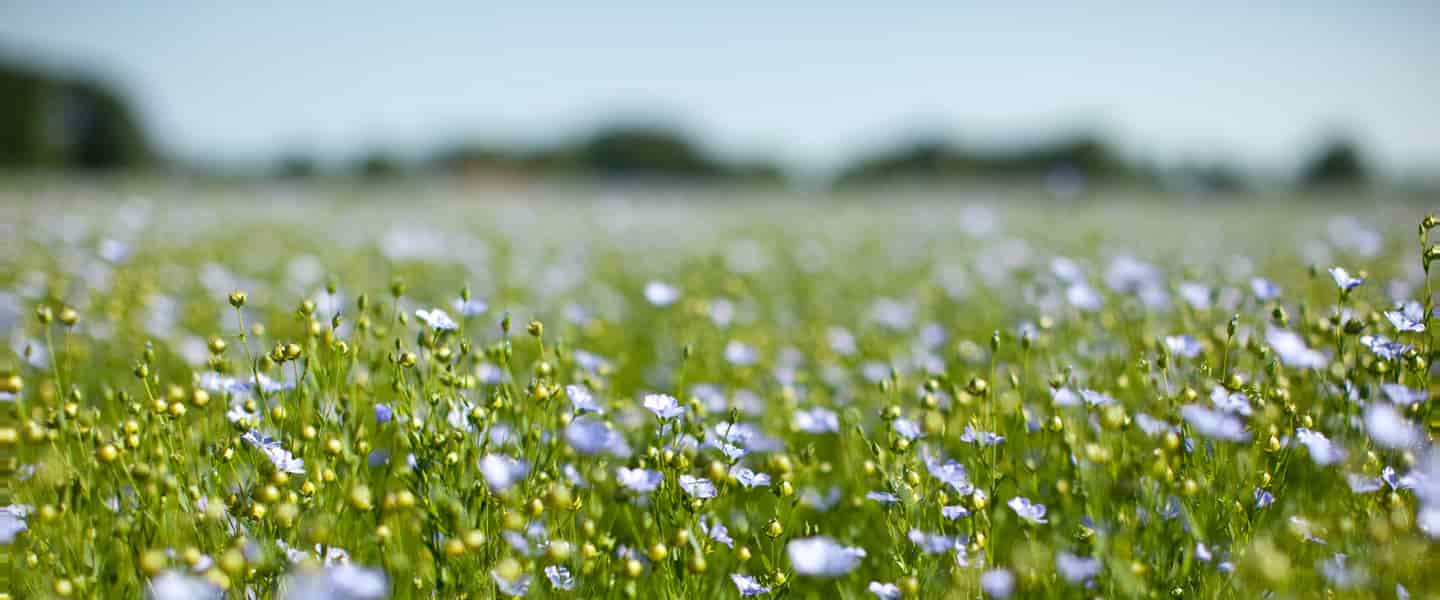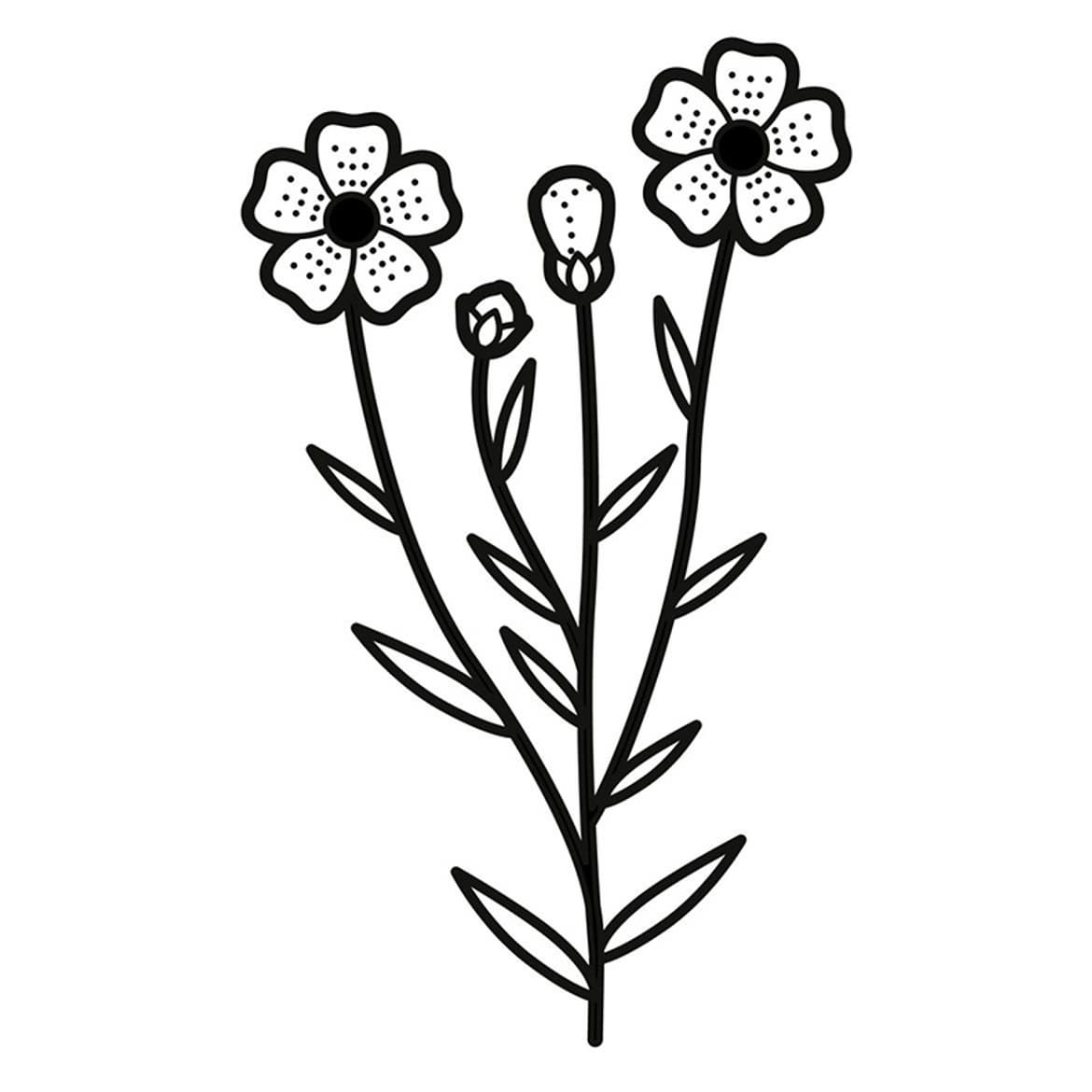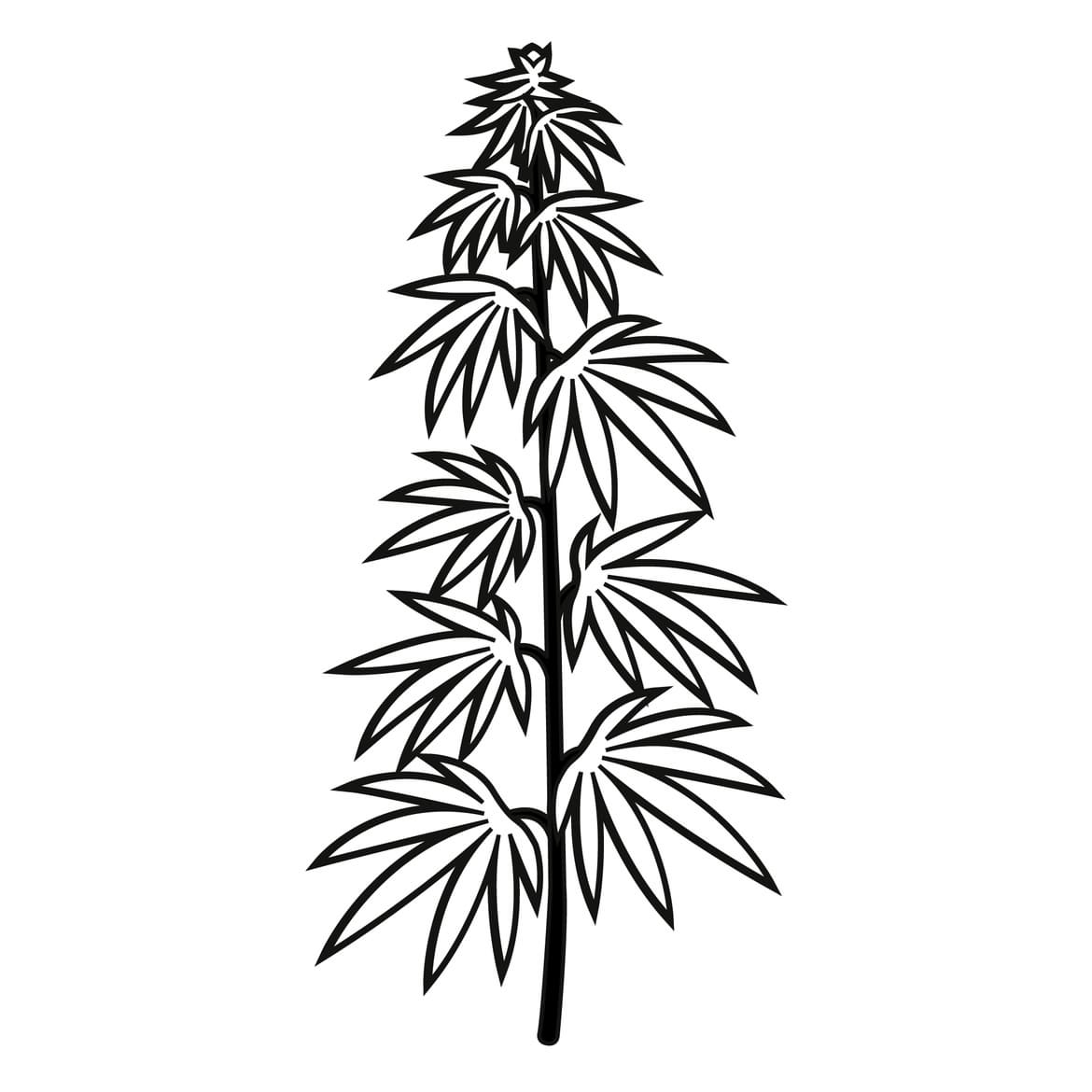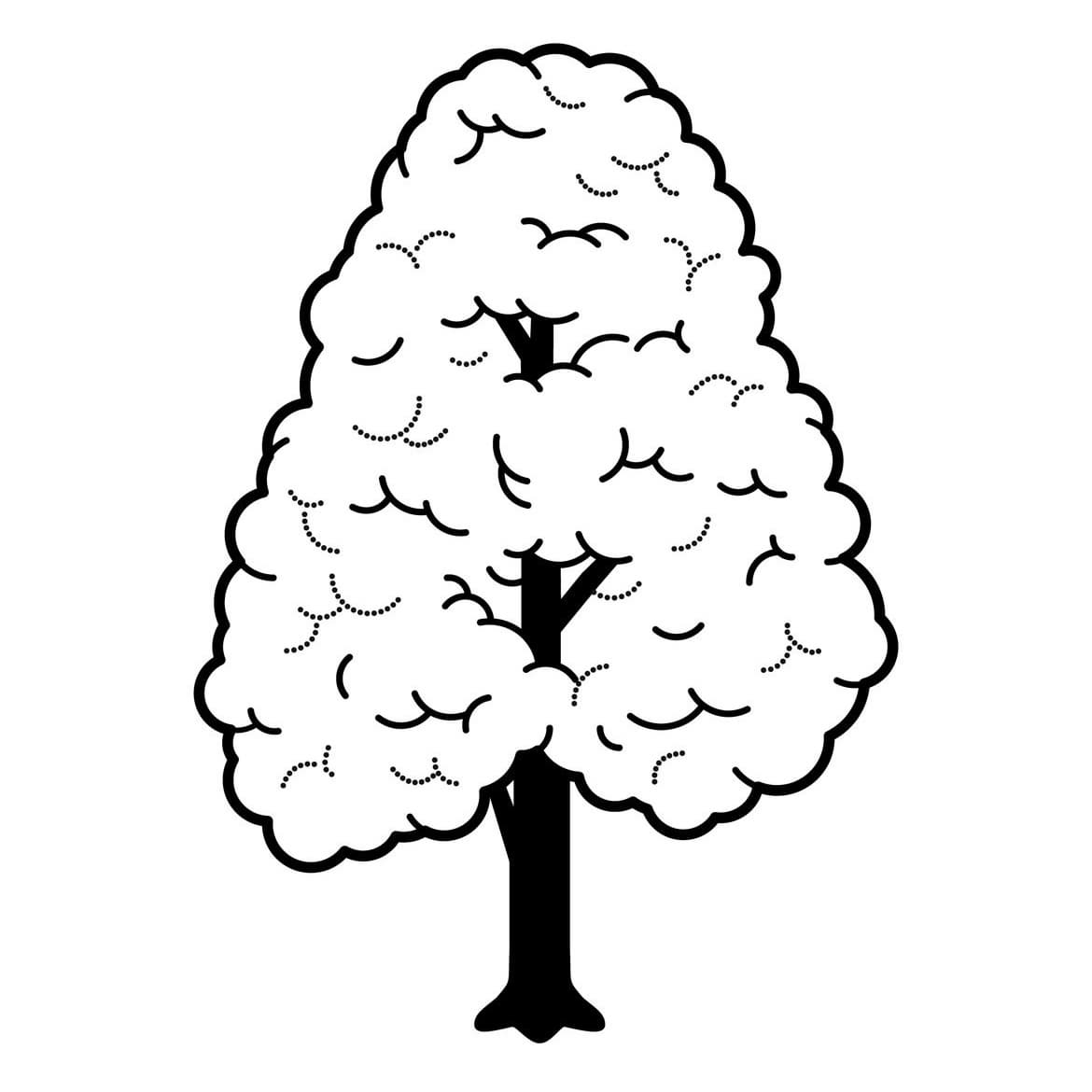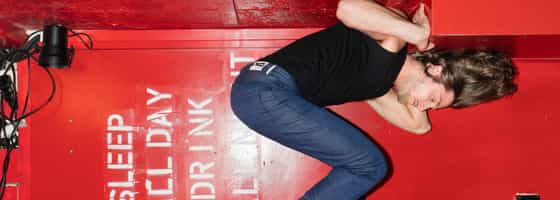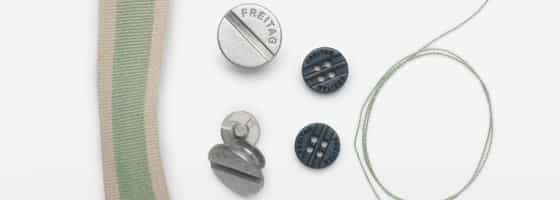Linen
Linen (also known as flax) is the oldest textile fiber in the world. It’s also an economical jack-of-all-trades. The fibers are extracted from the bast, the tissue under the plant’s bark. Linen fibers are comfortable to wear thanks to their cooling effect, and they’re extremely durable. Farming flax requires quite a bit of know-how, but the good news is that it doesn’t need a lot of fertilizer or pesticides, or additional irrigation. It grows best in temperate climate zones.
